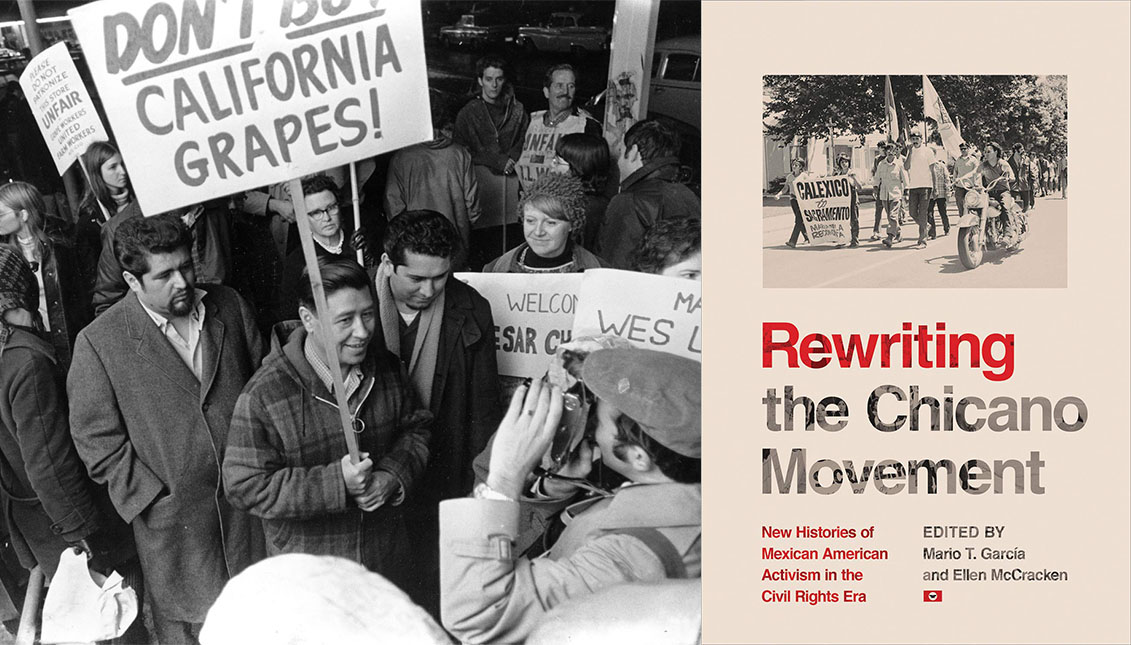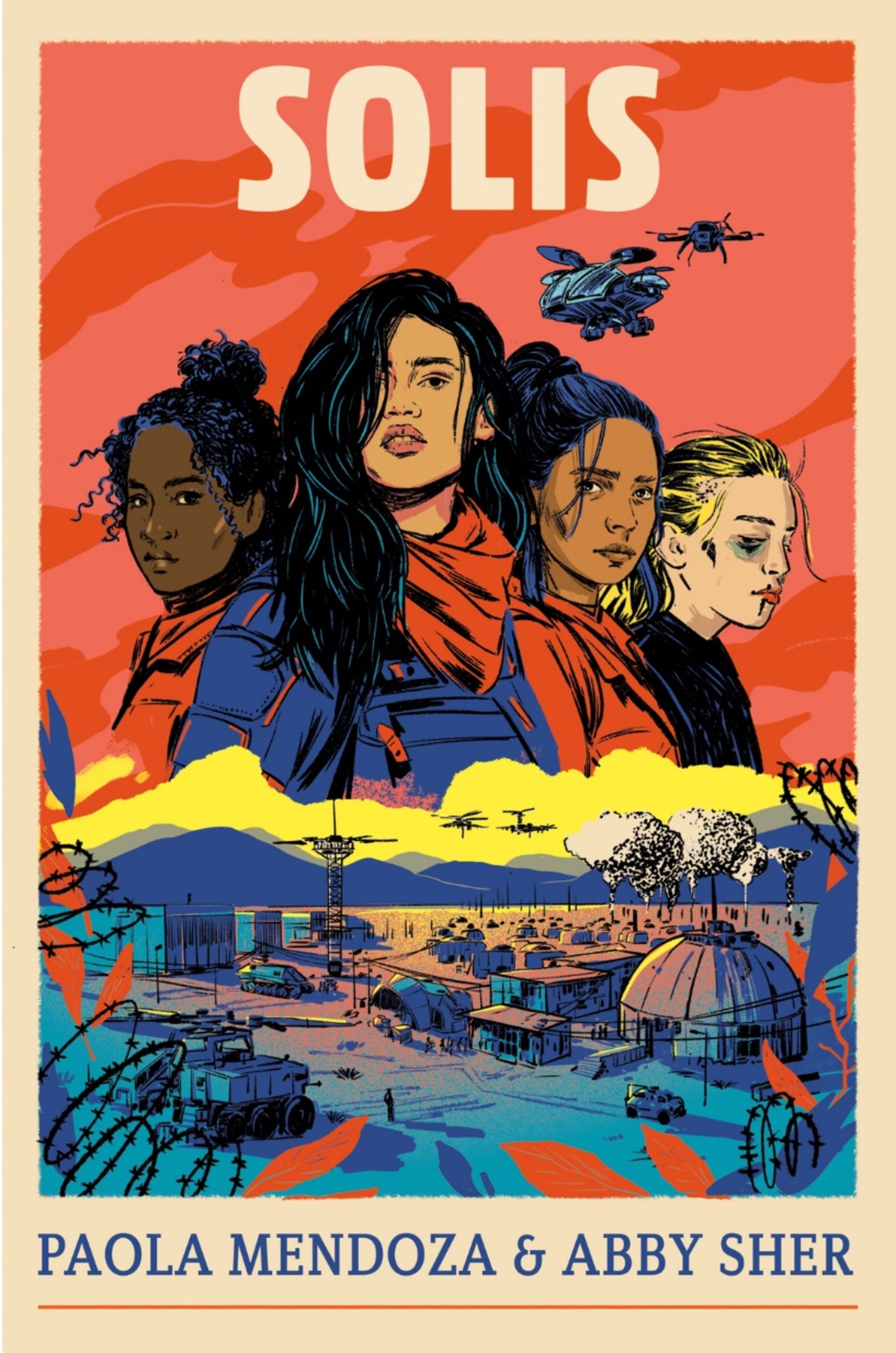
The history of the Chicano Movement is much more than what we have been told
From the El Paso (Texas) school strike to the anti-war Chicano mural movement, a new book rewrites the history of the movement with new facts and perspectives…
History is not a recounting of past events but also a look at this past. So when it is ignored or narrated from a single point of view, that narration conditions our entire present and can even erase us in one fell swoop.
If it used to be said that history is written by the victors, the new winds of social and political change we are experiencing have made it a necessity - and a challenge of social justice - to look back in order to re-analyse from our present what was only told by one part of society.
In this sense, Rewriting the Chicano Movement (Arizona Press), compiled by University of California at Santa Barbara (UCSB) researchers Ellen McCracken and Mario García, is a must-read document to understand the real weight of the Chicano Movement, its struggles and its imprint today.
"The history of any social movement cannot and should not remain static and set in stone," García told Efe about the struggles of Latino leaders in the 60s and 70s.
The researcher added that "the histories of social movements such as the Chicano Movement have to continue to grow and contribute to new winds of revisionist studies."
RELATED CONTENT
The book gathers 10 academic essays by experts from different US universities that cover different themes and historical moments of the movement, from the role of women, to the effects on urban areas not only in the Southwest but throughout the country, to the pressure that Chicano artists endured.
"From the El Paso (Texas) school strike of 1936 to the Chicano anti-war mural movement in Houston in the 1960s and 1970s and beyond, the essays broaden our understanding and appreciation of the Chicano movement," noted Mario Garcia.
Rewriting the Chicano Movement is also a call to revisit the history of the collective half a century after the protests that were crucial to its development, as it was "much more diverse and dynamic" than what has come down to us today."
The book, which was presented last Wednesday and included some of its authors, analyses, among other things, how the influence of the first Chicano leaders, such as Cesar Chavez and Sal Castro, was not limited to California but had repercussions throughout the country.
At a time when many school districts in different states are making an effort to include the history of BIPOC communities in the curriculum and have their diverse students recognise their own heritage as part of the past of a nation in which many of them were born, this research also brings to the table the battles of Chicanos to pursue higher education during the movement's heyday and inspire younger students to embrace those same values as leading national political actors.
"It is important to rewrite the history of the Chicano Movement so that younger generations can better appreciate the importance of the movement and be inspired by its commitment to extend American democracy to all Americans," the authors concluded.











LEAVE A COMMENT:
Join the discussion! Leave a comment.